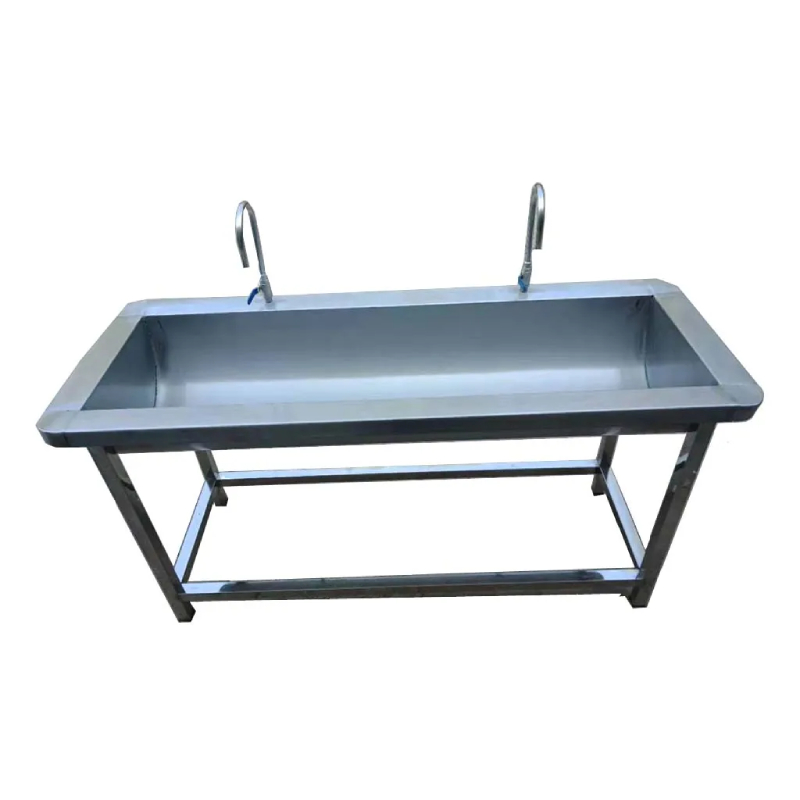An Overview of Egg Tray Production Equipment and Its Benefits for Sustainable Packaging Solutions
Aug . 13, 2024 10:00 Back to list
An Overview of Egg Tray Production Equipment and Its Benefits for Sustainable Packaging Solutions
The Evolution and Benefits of Egg Tray Molding Machines
In recent years, the demand for sustainable packaging solutions has surged, leading to innovative manufacturing technologies. One of the critical advancements within this realm is the egg tray molding machine. This machinery has transformed the way we approach packaging, particularly for eggs, a staple food item around the globe.
Egg tray molding machines are specialized devices designed to produce egg trays from recycled paper pulp. The process begins with the collection of waste paper materials, such as newspapers, cardboard, and other paper products. These materials are then processed into a slurry, which is molded into the shape of egg trays. The steamer and dryer subsequently dry these trays, ensuring they are sturdy enough to hold eggs securely during transportation and display.
How Egg Tray Molding Machines Work
The efficiency of egg tray molding machines lies in their design and operation. They typically consist of a pulp making system, molding section, drying system, and a packing section. The pulp-making system converts waste paper into the pulp through processes such as pulping, mixing, and screening. Once the pulp is ready, it is pumped into the molding machine, where molds shaped like egg trays create the desired form.
After molding, the wet trays are moved to the drying section. Here, they are either air-dried or dried using a dryer that can utilize heat sources such as natural gas or biomass. Once adequately dried, the trays are ready for packaging and distribution. This entire process is not only efficient but also environmentally friendly, as it repurposes waste materials into reusable packaging.
Environmental Advantages
egg tray molding machine

One of the most significant benefits of egg tray molding machines is their positive impact on the environment. With the global push towards eco-friendly practices, switching to pulp-based packaging reduces reliance on plastic. This not only helps in minimizing environmental pollution but also promotes recycling and reuse of materials. The machinery operates on renewable resources, making it a sustainable option for egg producers and consumers alike.
Furthermore, the production of egg trays through this method is a closed-loop system. The waste generated during the manufacturing process can often be repurposed, and leftover trays that are no longer usable can be recycled again. This circular approach helps in reducing waste, contributing to a more sustainable future.
Economic Benefits
Beyond their environmental advantages, egg tray molding machines also offer significant economic benefits. The initial investment in these machines can be offset by the savings gained through reduced packaging costs and waste disposal fees. Moreover, as the demand for sustainable packaging increases, egg producers can leverage eco-friendly practices to enhance their market appeal.
Additionally, these machines can produce trays not limited to egg packaging. They can be adapted to manufacture trays for fruits, vegetables, and other products, thereby diversifying revenue streams for businesses.
Conclusion
In summary, egg tray molding machines represent a significant advancement in sustainable packaging technology. Their ability to convert recycled materials into high-quality, eco-friendly packaging solutions provides a win-win situation for both manufacturers and the environment. As businesses continue to embrace sustainability, the adoption of egg tray molding machines is likely to grow, making them an essential component of modern packaging practices. By opting for such innovative solutions, we can take a substantial step towards a greener and more sustainable future.
-
Hot Sale 24 & 18 Door Rabbit Cages - Premium Breeding Solutions
NewsJul.25,2025
-
Automatic Feeding Line System Pan Feeder Nipple Drinker - Anping County Yize Metal Products Co., Ltd.
NewsJul.21,2025
-
Automatic Feeding Line System Pan Feeder Nipple Drinker - Anping County Yize Metal Products Co., Ltd.
NewsJul.21,2025
-
Automatic Feeding Line System - Anping Yize | Precision & Nipple
NewsJul.21,2025
-
Automatic Feeding Line System - Anping Yize | Precision & Nipple
NewsJul.21,2025
-
Automatic Feeding Line System-Anping County Yize Metal Products Co., Ltd.|Efficient Feed Distribution&Customized Animal Farming Solutions
NewsJul.21,2025






